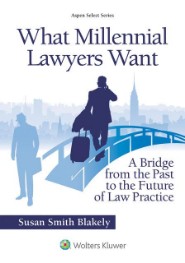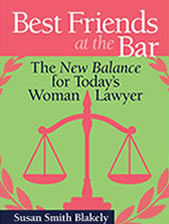Did you march in the Women’s March last Saturday? What was your experience? Where will you take that experience?
First a disclaimer. Due to an illness and a family emergency, I was not able to march and demonstrate my resolve for my most fervent cause — women helping and supporting women. I was deep in disappointment, but I was with all of you who did march, if only in spirit, as you knew I would be.
I was spellbound by the TV images all day and evening. I particularly liked the aerial photos of the Chicago march and the breathtaking architecture of that city, and I also loved the photos of DC and NYC where I live and spend so much time, respectively. However, the images of marches in cities throughout the world were awe-inspiring.
There is no arguing about the success of the marches. The sheer numbers were overwhelming, and the diversity of attendees and causes represented was uplifting. The solidarity demonstrated was palpable. I was particularly impressed by the presence of men in the crowds and their responses when asked about their participation — that they had not been invited to join the women in the past. It reminded me of one of the themes of my book, Best Friends at the Bar: Top-Down Leadership for Women Lawyers (Wolters Kluwer/Aspen Publishers, 2015). We need to invite both men and women into the discussions about the inequities affecting women if we have any hope of finding effective and lasting solutions.
The day was a powerful statement that has been years in the making since the suffragettes marched in support of voting rights for women in 1913 and the Million Woman March of 1997 in support of equality for black women. It was a day of protest, very successfully done, and it echoed around the globe.
And now, those same protesters must address the next step. As one of the TV commenters pointed out, protest is different than activism. Or, as more eloquently stated by historian Michael Kazin commenting on the importance of a long-term strategy: “All successful movements in American history have both inside and outside strategy. If you’re just protesting, and it just stops there, you’re not going to get anything done.”
A strategy going forward — that is the key. It can be a group strategy or an individual strategy or both. Consider the options for a group strategy. What organization will you join to leverage your power to positively affect the future for women? There are so many to choose from. On the individual front, activist Michael Moore asked some pertinent questions from the speakers’ podium. Are you going to vote in the next local, state and national elections? Are you going to “walk the walk” in the true sense of the word by consider running for public office to let your voice be heard and to be in a position to affect future policies and legislation to improve the lives of women. Those are good questions, and I hope you have some good answers. We all need to think about it.
So, bravo to all of you who marched or who wanted to march — and I most sincerely hope that I never have to sit out again. I hope we were heard. I hope our positions were respected as we spoke truth to power. I hope changes in laws and policies will follow. I hope we inspired a whole new generation of protesters and activists for just causes.
That will determine the real success of the day.












